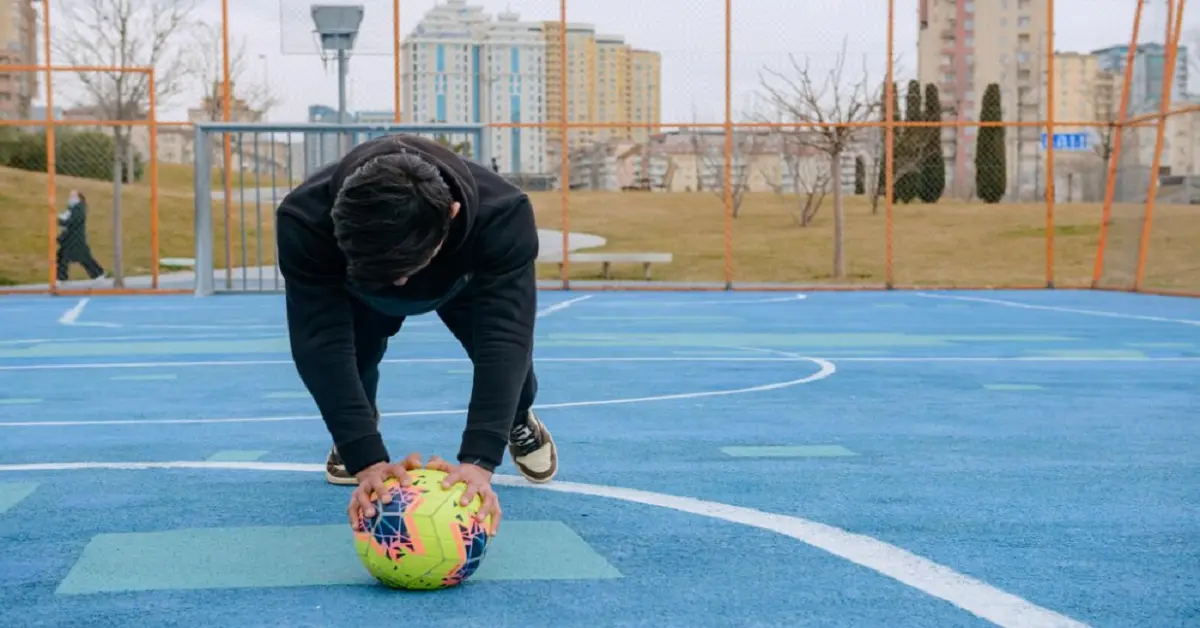Post Preview
Comprehending the size, surface materials, and fencing regulations is essential when building a pickleball court. A pickleball court’s typical dimensions are 20 by 44 feet, like a doubles badminton court. Space for safety and player movement is critical, including designated “run-off” areas—10 feet behind the baseline and 5 feet on each side.
While traditional options like asphalt and concrete offer durability and low upkeep, specialized sports surfaces are gaining popularity due to their player features and reduced maintenance needs.
Breaking Down Costs: Key Expenses and Unforeseen Charges
The first step in building your court is understanding how much does it cost to build a pickleball court. Expenses are divided into categories such as site preparation, base materials, court surfacing, fencing, lighting, and additional items like nets and boundary lines. Each category carries its implications that need to be factored into your budget.
Site preparation encompasses clearing vegetation, grading the land, leveling it, and excavating for a foundation. Base materials such as gravel and sub-base compounds are essential for creating a base, while the surface layer represents another cost. Installing fencing around the court provides security benefits in settings. Permits and zoning fees can introduce expenses, while unexpected issues like soil conditions or underground utilities can raise costs. Handling expenses by allocating a contingency fund of approximately 10 15% above the projection is essential.
Smart Budgeting Tips for Your Pickleball Court
Constructing a pickleball court doesn’t have to break the bank. Opt for asphalt and concrete for the foundation and playing surface. Think about using specialized sports flooring for easier upkeep in the long run. Local construction companies often provide prices for ground preparation. Gathering multiple estimates and asking about potential discounts for larger projects is wise. Purchasing equipment like nets and boundary lines in bulk can help save money, and collaborating with friends or neighbors who share an interest in building a court is also a good idea. Exploring community grants and local funding opportunities for endeavors is an idea as many municipalities and groups promote initiatives that promote physical fitness, which could assist in covering a significant portion of the expenses.
Best Materials for Long-lasting and Affordable Courts
Selecting the materials for a pickleball court is essential for durability and cost efficiency. While traditional options like asphalt and concrete are standard, specialized sports surfaces offer improved grip and comfort. These surfaces, such as tiles and outdoor court coatings, enhance traction, reduce the risk of injuries, and boost player comfort. Despite the investment required for these surfaces, they often prove cost-effective by reducing maintenance expenses. Vinyl-coated chain link fencing is a choice due to its durability and low maintenance requirements. Installing fencing not only secures the court but also helps contain the game, ultimately minimizing downtime.
How to Prepare Your Site for Construction
Preparing the site for constructing a pickleball court is a step in the process. It involves clearing vegetation, debris, and obstacles to create an area. Grading and leveling the ground are necessary to ensure a surface that prevents puddles and offers playing conditions. Excavation might be needed to eliminate rocks or other obstructions for establishing a foundation. Seeking guidance from experts can provide insights into site-specific requirements, soil conditions, and weather considerations.
Ensuring drainage is essential to prevent water accumulation on the court’s surface, ultimately prolonging its lifespan and minimizing damage.
DIY vs. Professional Construction: Pros and Cons
When embarking on a pickleball court project, you must decide whether to undertake the construction yourself or hire professionals. Opting for DIY construction can save money on labor costs and provide a sense of achievement. However, it demands time and expertise. Errors during DIY endeavors may result in substandard court performance and expensive repairs.
On the other hand, hiring professionals guarantees that the court meets the required standards and is constructed efficiently. Professionals bring their experience to the table along with warranties offering assurance. While initial costs may be higher when hiring professionals, it can lead to long-term savings by reducing the need for repairs and maintenance. Assessing your budget, time, and skill level can help determine the suitable approach for your pickleball court project.
Maintenance Tips for Durability and Cost Efficiency
Regular maintenance is imperative to ensure the durability and cost efficiency of your pickleball court. Routine tasks such as sweeping the surface, inspecting for damages, and ensuring drainage are essential. Applying a layer of surface material every 3 to 5 years can enhance playability and protect against wear and tear. Regular inspections aid in identifying issues and facilitating timely and cost-effective solutions.
Opting for premium materials, like specialized sports surfaces, can lower upkeep expenses. Following these maintenance guidelines will help preserve the quality of your court and prolong its lifespan.
